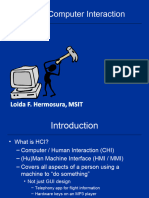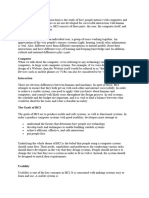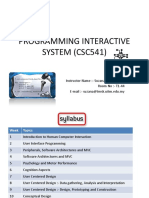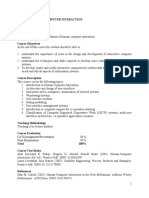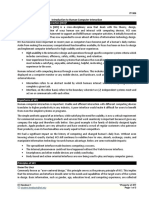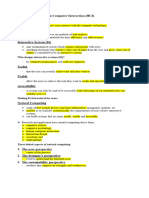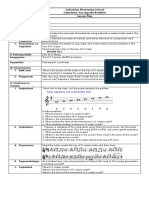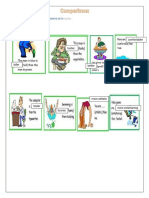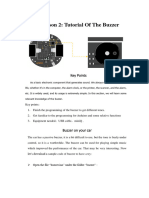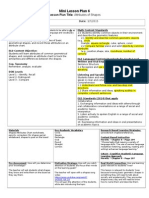0% found this document useful (0 votes)
13 views21 pagesHuman-Computer Interaction
Human-Computer Interaction (HCI) focuses on designing, evaluating, and implementing interactive computing systems through iterative user feedback to refine designs. Key concepts include achieving a good fit between users, computers, and tasks to enhance performance and well-being, as well as understanding user attitudes through the Technology Acceptance Model. Effective user interface design emphasizes effectiveness, efficiency, user consideration, and feedback to improve user experience.
Uploaded by
ekhon247Copyright
© © All Rights Reserved
We take content rights seriously. If you suspect this is your content, claim it here.
Available Formats
Download as PDF, TXT or read online on Scribd
0% found this document useful (0 votes)
13 views21 pagesHuman-Computer Interaction
Human-Computer Interaction (HCI) focuses on designing, evaluating, and implementing interactive computing systems through iterative user feedback to refine designs. Key concepts include achieving a good fit between users, computers, and tasks to enhance performance and well-being, as well as understanding user attitudes through the Technology Acceptance Model. Effective user interface design emphasizes effectiveness, efficiency, user consideration, and feedback to improve user experience.
Uploaded by
ekhon247Copyright
© © All Rights Reserved
We take content rights seriously. If you suspect this is your content, claim it here.
Available Formats
Download as PDF, TXT or read online on Scribd
/ 21







